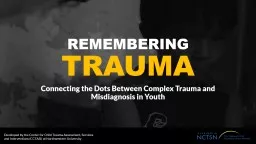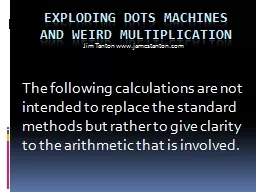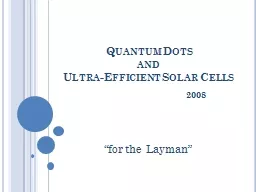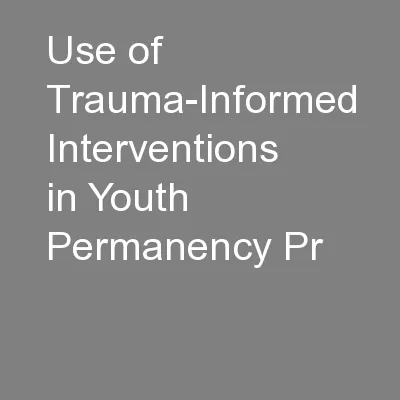PPT-REMEMBERING TRAUMA Connecting the Dots Between Complex Trauma and Misdiagnosis in Youth
Author : layla | Published Date : 2022-04-06
Developed by the Center for Child Trauma Assessment Services and Interventions CCTASI at Northwestern University The National Child Traumatic Stress Network Developed
Presentation Embed Code
Download Presentation
Download Presentation The PPT/PDF document "REMEMBERING TRAUMA Connecting the Dots B..." is the property of its rightful owner. Permission is granted to download and print the materials on this website for personal, non-commercial use only, and to display it on your personal computer provided you do not modify the materials and that you retain all copyright notices contained in the materials. By downloading content from our website, you accept the terms of this agreement.
REMEMBERING TRAUMA Connecting the Dots Between Complex Trauma and Misdiagnosis in Youth: Transcript
Download Rules Of Document
"REMEMBERING TRAUMA Connecting the Dots Between Complex Trauma and Misdiagnosis in Youth"The content belongs to its owner. You may download and print it for personal use, without modification, and keep all copyright notices. By downloading, you agree to these terms.
Related Documents














